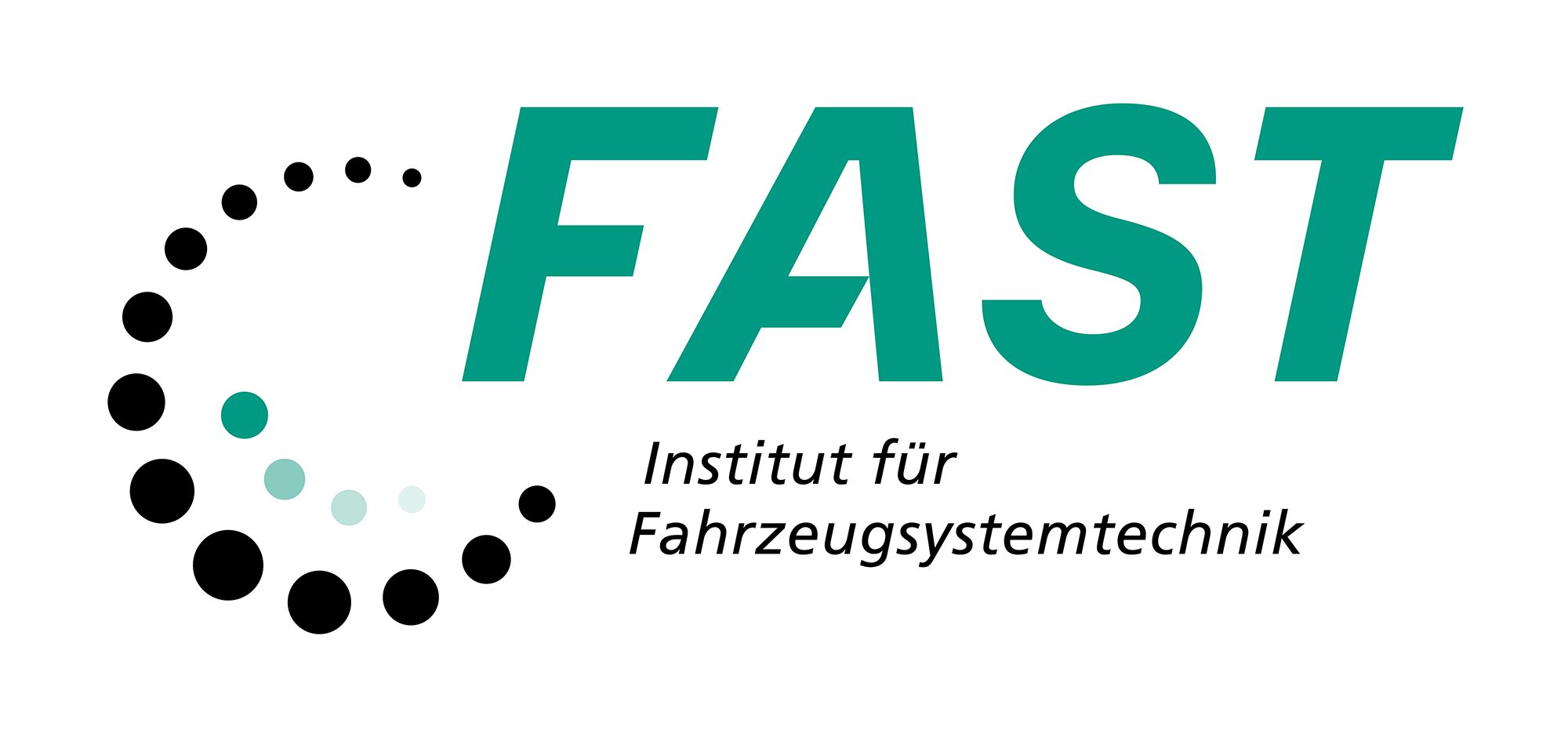Dimensioning of additive-manufactured polymer structures at an example from medical engineering
- type: Lecture / Practice (VÜ)
-
chair:
KIT-Fakultäten - Lightweight Design - Institut für Fahrzeugsystemtechnik - Bereich Leichtbau
KIT-Fakultäten - KIT Department of Mechanical Engineering - semester: SS 2025
-
time:
Tue 2025-04-22
14:00 - 15:30, weekly
Tue 2025-04-29
14:00 - 15:30, weekly
Tue 2025-05-06
14:00 - 15:30, weekly
Tue 2025-05-13
14:00 - 15:30, weekly
Tue 2025-05-20
14:00 - 15:30, weekly
Tue 2025-05-27
14:00 - 15:30, weekly
Tue 2025-06-03
14:00 - 15:30, weekly
Tue 2025-06-17
14:00 - 15:30, weekly
Tue 2025-06-24
14:00 - 15:30, weekly
Tue 2025-07-01
14:00 - 15:30, weekly
Tue 2025-07-08
14:00 - 15:30, weekly
Tue 2025-07-15
14:00 - 15:30, weekly
Tue 2025-07-22
14:00 - 15:30, weekly
Tue 2025-07-29
14:00 - 15:30, weekly
- lecturer: Prof. Dr.-Ing. Luise Kärger
- sws: 3
- lv-no.: 2114102
- information: Blended (On-Site/Online)
| Content | Additive manufacturing (AM) processes, also known as "3D printing", allow the economical production of individualised components with a high degree of design freedom. This makes them particularly important in industries with very low quantities and many prototype tests, such as medical engineering. In orthopaedics, for example, it is often helpful to adapt splints or orthoses to the patient's individual anatomy and functional requirements. Due to their good processability, adjustable properties and low density, polymer-based materials are increasingly applied. However, the goal-oriented development of such customised polymer components requires knowledge of the according processes and materials and can be effectively supported by computer-aided CAE methods.
In the course, students learn about additive manufacturing (AM) of individualised polymer components and apply their competences in a development project during the semester. The course first provides an overview of established AM process technologies and uses the example of extrusion processes to work out the interaction of material, process settings and design. Special requirements of medical technology for component development and material selection are presented in separate lectures. This is followed by an application-oriented introduction to the practical component design of printed polymer structures using the finite element method (FEM). FE-based topology optimisation is presented as a particularly suitable tool to devise efficient mechanical structures. The CAE design methods are specifically deepened in practice in exercises. With this knowledge of processes, materials and methods, the students finally solve an individual development project from the field of orthotics in small groups.
Main topics:
Fundamentals of polymer science, material and component testing,
Selection of process and material, orthotics/prosthetics as an application case
Learning objectives The students can...
(material selection, CAD, simulation/optimisation, slicer software) and implement it.
|
| Language of instruction | German |
| Organisational issues | Die Raumbelegung und der wöchentliche Veranstaltungstermin wird zu Beginn des Sommersemesters auf der Homepage des Instituts bekannt gegeben. Zusätzliche Übungen werden an weiteren 6 Terminen immer von 15:45 – 17:15 Uhr in R. 125, Geb. 70.04, Campus Ost stattfinden: 22.05., 28.05., 05.06., 26.06., 03.07., 09.07.2025. ------------------------ The room allocation and the weekly course dates are announced on the Institute's homepage at the beginning of the summer semester. Additional exercises will take place on 6 dates from 15:45 - 17:15 in room 125 at Building 70.04, Campus East: 22.05., 29.05., 05.06., 26.06., 03.07., 09.07.2025. |

